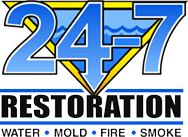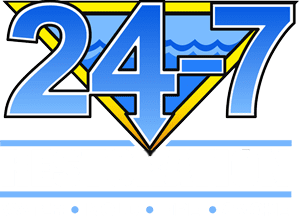We have been preached to forever and a day that you cannot/should not use bleach to kill and remove mold (especially by companies that produce antimicrobial disinfectants*). It’s good advice because there are a number of other drawbacks to bleach – it’s caustic, gives off irritating fumes, doesn’t react well with some other chemicals, lacks detergency and quickly loses its effectiveness.
The fact of the matter is that bleach can kill mold, but its effectiveness does depend on the surface where the mold is located. Mold can grow and be visible on both porous and non-porous materials. When dealing with mold on non-porous materials such as shower tiles, tubs, vinyl window trims, counter tops, etc., you can use bleach to kill the mold and disinfect.
So what about mold growing on porous materials? Using bleach to remove mold from porous materials like drywall and wood can actually accelerate mold growth rather than killing it. Why is this? When bleach is used on porous materials like drywall and wood, the chlorine remains on the surface and only the water component of the bleach is absorbed into the material, aggravating the situation because this provides more moisture for the mold to feed on. A fungicide will have better results.
There are many other variables to consider: Is the porous material painted/sealed or not? Has the mold done actual damage to the material? In some cases, instead of cleaning the mold, you’ll need to remove whatever it’s growing on.
But if you’re dealing with a cleaning job, don’t reach for the bleach just because it may be cheap. It’s just not worth the potential dangers associated with it.


